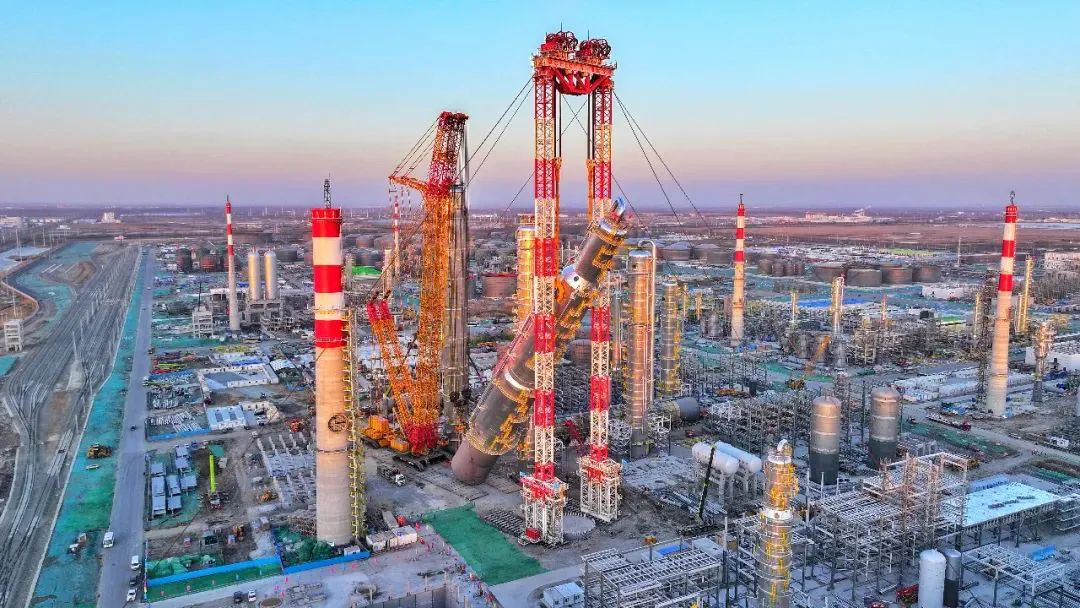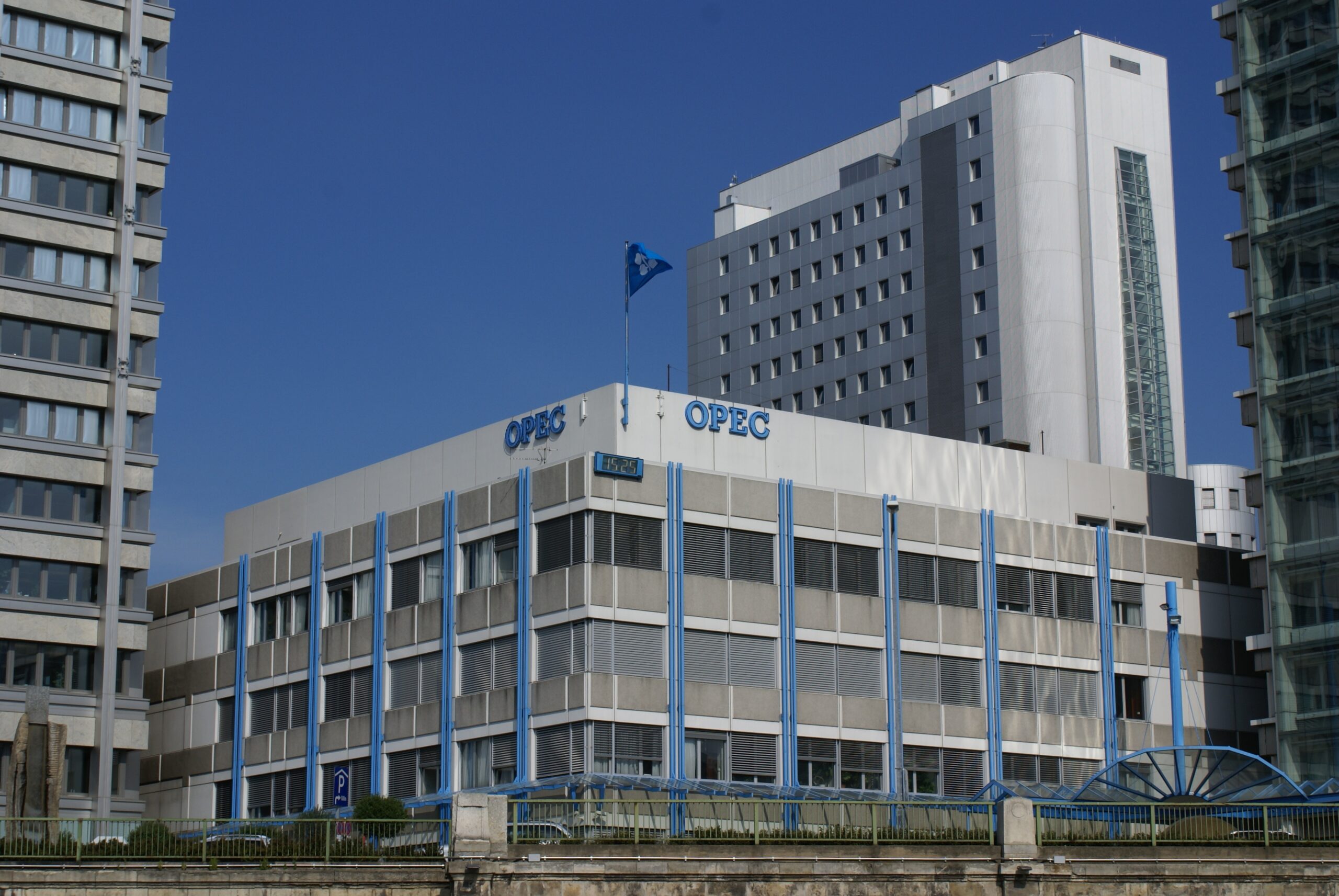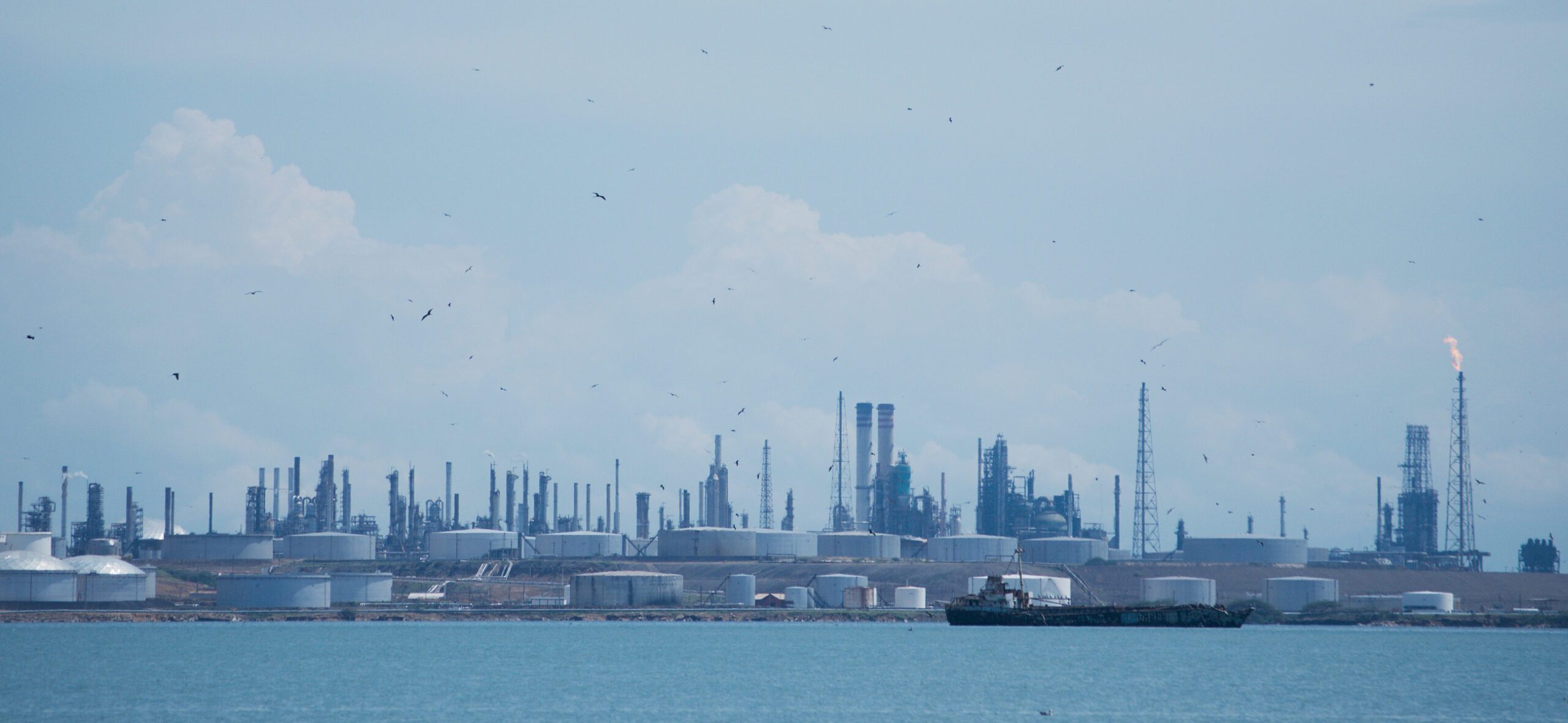Refineries have reached a record thanks in part to oil from sanctioned countries such as Venezuela, Iran, and Russia. Photograph: Social media
Guacamaya, July 15, 2025. Chinese refineries processed 15.2 million barrels per day in June, recovering after maintenance shutdowns and taking advantage of favorable prices amid global tensions and sanctions.
Chinese refineries posted their highest level of activity since September 2023 in June, processing 15.2 million barrels per day (bpd) of crude oil, up 8.5% from the same month last year. The rebound was due to the end of seasonal spring maintenance and improved refining margins — particularly for diesel — which encouraged plants to ramp up operations ahead of the summer demand peak.
This figure marks a sharp increase from May’s 13.92 million bpd, the lowest in nine months, when an intense schedule of planned maintenance reduced activity even below April’s 14.12 million bpd.
Crude imports also rose sharply: in June they reached 12.14 million bpd, up 7.4% year-on-year, supported by increased shipments from Saudi Arabia and Iran. According to analysts, many Chinese refineries took advantage of relatively low prices to build up reserves of cheap crude, anticipating potential disruptions stemming from sanctions or conflicts in the Middle East.
Venezuela, the Middle East and Ukraine: the geopolitical backdrop
China’s surge in refinery activity comes in the context of mounting geopolitical tensions. Western sanctions on Russian and Iranian oil have redirected large volumes toward Asia, with China as the main buyer. Moreover, Venezuela’s oil exports — also under sanctions — to China have increased following tighter U.S. restrictions.
This dynamic reinforces Beijing’s strategy of diversifying among sanctioned suppliers to ensure a stable and inexpensive supply, while also providing economic relief to strategic partners at odds with Washington and Brussels.
In the Middle East, tensions in the Gulf and the conflict in Gaza keep the threat of disruptions in oil shipping routes alive, adding volatility to markets and making China’s preventive stockpiling of inventories more valuable.
Meanwhile, the war in Ukraine — still unresolved in 2025 and sparking new rounds of energy sanctions against Russia — has reshaped global hydrocarbon trade flows, pushing Moscow to sell more discounted oil to Asia. This has also benefited Chinese refineries, which process Russian crude at advantageous prices.
China’s strong appetite for crude in June and the high refinery throughput are shaping up to be a bullish factor for oil prices in the coming weeks, especially in a summer market tighter than previously expected. Chinese demand could partially offset weaknesses in other regions and keep pressure on global inventories.
In sum, Chinese refineries respond not only to an internal economic logic of margins and seasonality but also serve as a key gear in the geopolitics of energy, capitalizing on the reconfiguration of oil flows driven by sanctions, conflicts, and strategic alliances.







